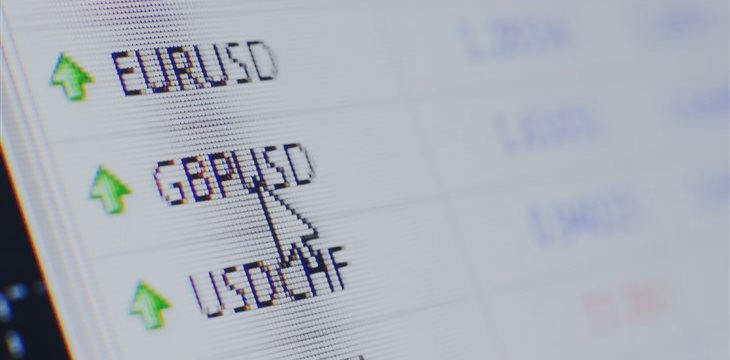
Currency and Symbols: names, majors, crosses, swissy, loonie, aussie, cable, kiwi, buck, and the pairs
As an example, let’s look at the USD. The US stands for United States and the D stands Dollar.
The currencies on which the majority of traders focus are called the “majors”. The most widely traded currencies are represented on the grid below:

Do not confused with major currencies are the major currency pairs. The Major Pairs are any currency pair with USD in them. For example, the EURUSD would be considered a Major Pair.
Currency pairs without the USD in them are referred to as Cross Pairs. The EURJPY would be an example of a Cross Pair. Any EUR pair without the USD in it would be referred to as a Euro Cross. So the EURJPY would be a member of the EURO Cross group. Other member of that group would be EURGBP, EURCHF, EURNZD, EURCAD and EURAUD. Other currency groups of this type would be comprised of the JPY crosses, GBP crosses, AUD crosses, NZD crosses and the CHF crosses.

When you think about buying or selling a cross currency pair, don't
forget that the US Dollar, despite not being a member within the pair,
is still influencing the price behavior of the cross. Buying EUR/JPY is
equivalent to buying the EUR/USD currency pair and simultaneously buying
the USD/JPY.


